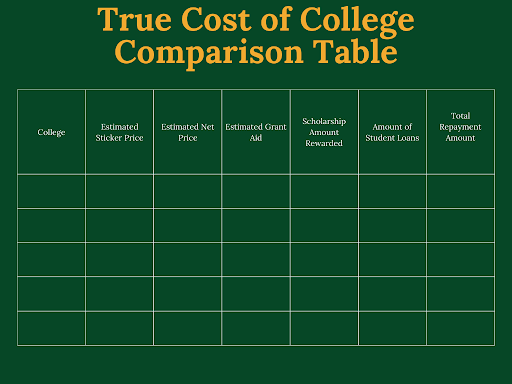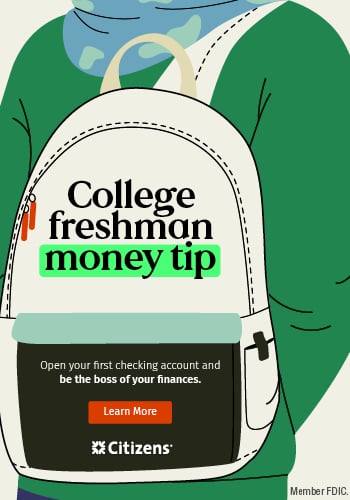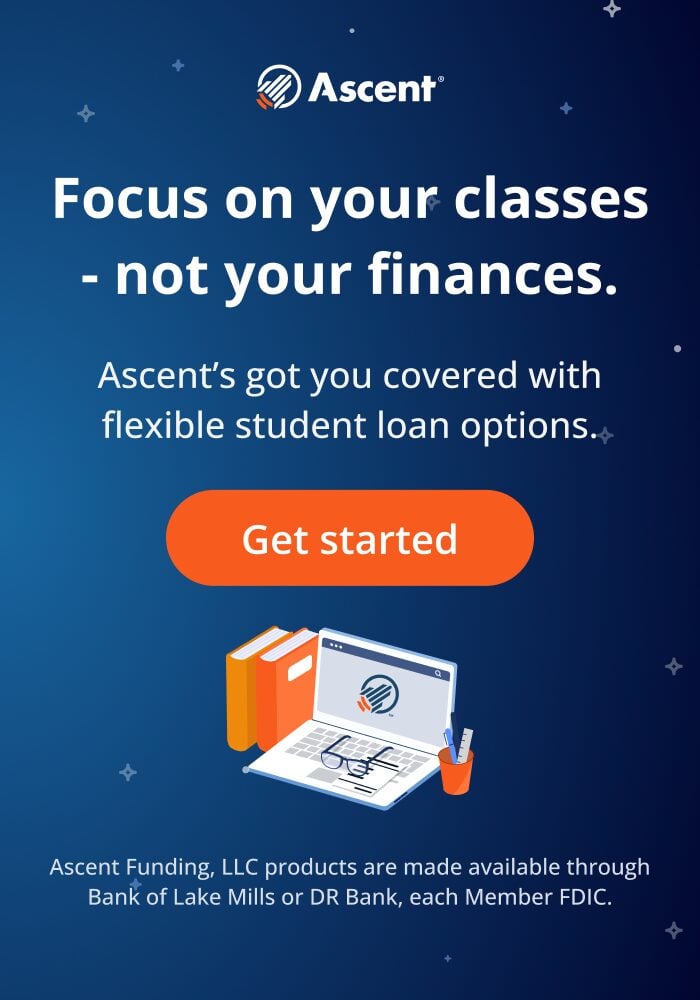
Flickr user Robbert Michel
Are you worried about going into debt to attend college? You’re absolutely not alone. Thousands of students fret over this and some even skip college out of fear of debt. However, there are ways to help you look at cost versus value when it comes to your education.
Cost vs. Value
When it comes to college, you and your family have already probably thought about and compared community college with an in-state college and maybe even a top 25 school in the country when it comes to money. Were you looking past the price tag though?
With higher cost, it’s usually perceived that you will receive a better education. This isn’t always the case, however, so it’s important you look at the “value.” Take a closer look at each school’s graduation rate, hiring rate after earning a degree, first year retention rate, student to faculty ratio, available majors and how popular they are, and more. Don’t only do this for one or two schools. Do this research into all the schools you’re interested in from community colleges to top 10 in the country if that’s one of your goals. How does the value match up with the cost?
Consider Your Options
Going to community college for the first two years of your college education can certainly save you thousands and help keep you out of debt. It’s also close to home, you can potentially have an easier time working, and class times are extremely flexible. This makes it a great cost option. However, if your community college doesn’t offer enough classes in your desired major, there’s really no value in attending as it won’t help you succeed in later years. There’s also the chance that your courses won’t all transfer to your next school or that this particular college doesn’t prepare you properly for the next step in your education.
Meanwhile, going to a more expensive school has its pros and cons too. In addition to getting the full college experience, you can do extensive research to ensure the school has the value you’re looking for, from majors to career rates after graduation.
Discovering your options when it comes to cost versus value really depends on your research into each school individually.

Things You Can Do
Some students are dead set against debt and plan to go to a community college straight off the bat due to financial constraints. However, there are actually options available to you if you can’t afford the school of your dreams. Many universities actually offer grants and scholarships based on academic merit or financial need. They often base their financial aid packages on FAFSA, so it’s important to fill this out, even if you prefer to avoid loans.
You won’t know unless you try for these awards! And unlike loans, grants and scholarships don’t have to be paid back.
Completing your FAFSA and doing research into all your options is the key to finding the perfect school for you when it comes to your goals, your bank account, and the value of your education. Don’t write off a school right away because of price! Investigate what grants, scholarships, and other options they have if you feel you can’t afford the college.
Use College Raptor to discover personalized college matches, cost estimates, acceptance odds, and potential financial aid for schools around the US—for FREE!
| Lender | Rates (APR) | Eligibility | |
|---|---|---|---|
 |
5.50%-16.12%* Variable
3.99%-15.61%* Fixed
|
Undergraduate and Graduate
|
VISIT CITIZENS |
 |
5.54% - 15.70% Variable
3.99% - 15.49% Fixed
|
Undergraduate and Graduate
|
VISIT SALLIE MAE |
 |
4.63% - 17.99% Variable
3.49% - 17.99% Fixed
|
Undergraduate and Graduate
|
VISIT CREDIBLE |
 |
6.00% - 13.75% Variable
3.99% - 13.75% Fixed
|
Undergraduate and Graduate
|
VISIT LENDKEY |
 |
5.66% - 14.72% Variable
3.69% - 14.56% Fixed
|
Undergraduate and Graduate
|
VISIT ASCENT |
 |
3.70% - 8.75% Fixed
|
Undergraduate and Graduate
|
VISIT ISL |
 |
5.62% - 16.85% Variable
3.69% - 16.49% Fixed
|
Undergraduate and Graduate
|
VISIT EARNEST |
 |
5.00% - 14.22% Variable
3.69% - 14.22% Fixed
|
Undergraduate and Graduate
|
VISIT ELFI |








